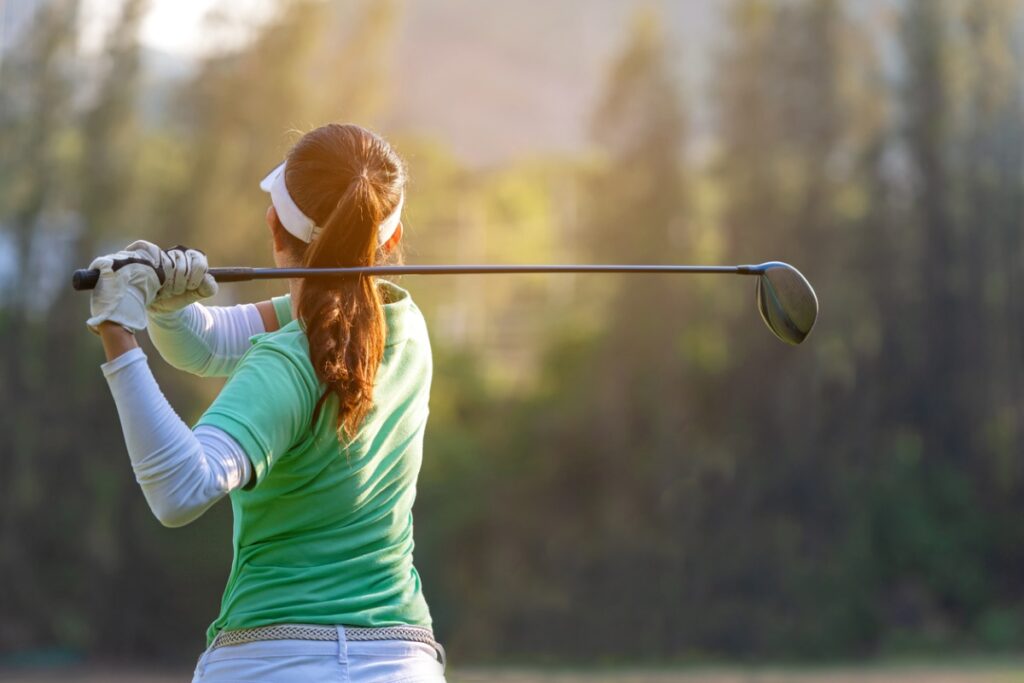
If you’re one of the many people who love to play golf or engage in other activities that require repetitive gripping and twisting, you may find yourself experiencing pain and discomfort in your elbow. Known as golfer’s elbow, this condition can be frustrating and debilitating, causing you to miss out on the sports and activities you enjoy. Fortunately, there are many treatments available that can help you find relief from this condition. In this post, we’ll explore some of the best ways to treat golfer’s elbow, including visiting a chiropractic doctor or physiotherapist.
One effective way to treat golfer’s elbow is to visit a chiropractic doctor. Chiropractors are trained to identify and treat musculoskeletal conditions such as golfer’s elbow using a variety of techniques, including spinal manipulation, massage therapy, and exercise prescription. By restoring proper joint function and reducing tension in the muscles, chiropractic treatment can help to reduce inflammation and pain in the affected area.
Another option is to visit a physiotherapist. Physiotherapists are experts in treating musculoskeletal injuries and can provide a wide range of treatments tailored to your specific needs. This may include exercises to strengthen the muscles that support the elbow joint, stretches to improve flexibility, and manual therapy to reduce pain and inflammation. A physiotherapist can also provide advice on how to modify your activities to prevent further injury.
In addition to seeking professional treatment, there are several steps you can take at home to help manage the pain of golfer’s elbow. Applying ice to the affected area for 10 to 15 minutes at a time can help to reduce inflammation and swelling. Over-the-counter pain medications such as ibuprofen or acetaminophen can also provide relief. Be sure to follow the instructions on the label and consult with your doctor before taking any new medications.
In some cases, changing your technique or equipment may be necessary to prevent further injury and promote healing. For example, reducing the grip size of your golf club or tennis racket can help to reduce strain on the elbow. In addition, using proper form and taking regular breaks can help to prevent overuse injuries.
Finally, incorporating stretching and strengthening exercises into your daily routine can help to prevent future episodes of golfer’s elbow. Your chiropractic doctor or physiotherapist can provide a customized exercise plan tailored to your needs and goals.
Golfer’s elbow can be a frustrating and painful condition, but there are many effective treatments available to help you find relief. Whether you choose to visit a chiropractic doctor or physiotherapist, take steps at home to manage your symptoms, or modify your activities to prevent further injury, there is hope for a full recovery. By taking a proactive approach to your health and seeking out the treatments that work best for you, you can get back to the sports and activities you love without being held back by pain and discomfort.
If you have any questions or would like to explore further, please book a free, no-charge online appointment with either myself, Nitin Nair, BPT, R/TRO DIP, PT, or another Kitchener physiotherapy practitioner at CARESPACE. We are happy to listen and are here to help!

